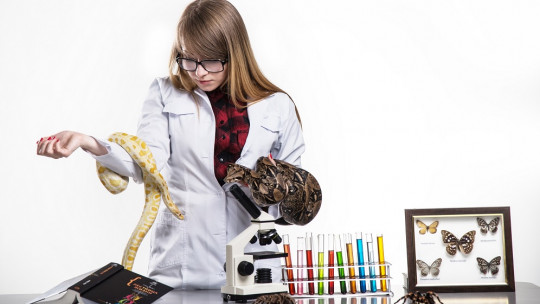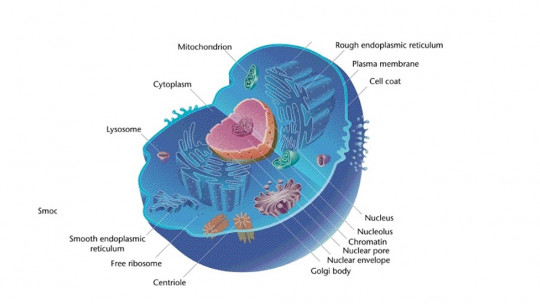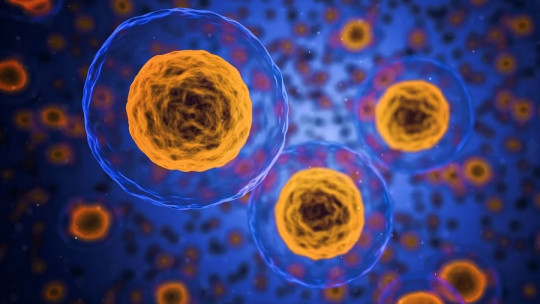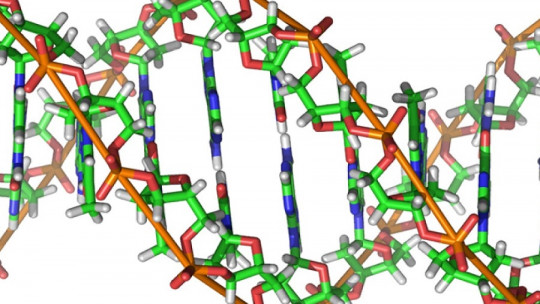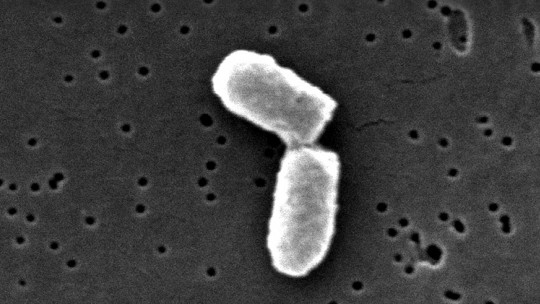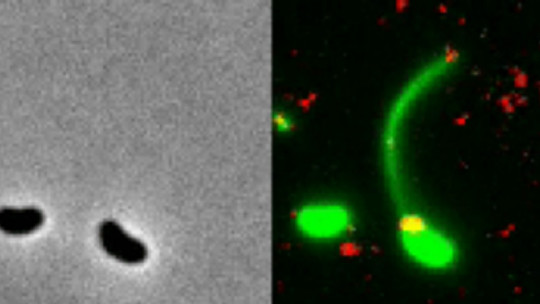Without genetics, explaining life is impossible. All living beings have at least one cell, and for a cell to be such, it must contain genetic material in the form of DNA and be capable of self-replication By itself.
Thanks to enzymatic activity (DNA polymerase, among others), substrates (nucleotides) and a template chain, life is capable of generating one copy or more of a DNA double helix, and therefore, new life.
With this simple premise, the permanence of living beings on Earth and much more complex things, such as inheritance mechanisms, are explained. Thanks to cell division by meiosis, gametes can be generated with half the genetic information of a normal parental cell, a condition known as haploidy (n). When two haploid gametes join, a diploid zygote (2n) is generated, which contains half of the information from the mother and half from the father. This is how, for example, inheritance works in our species.
In any case, the deterministic and Mendelian view of genetics is in full challenge. Over the years, humans have realized that the genome is not restricted only to paternal inheritance, but that there are mutations and environmental variations that can modify the expression of genes throughout life, giving rise to the unusual phenotypic diversity that species present. In the following lines, we will see what they are the branches of genetics and their characteristics
What are the branches of genetics?
Genetics can be defined as a branch of the science (specifically biology) that deals with the study of genes, genetic variation, and the mechanisms of inheritance of organisms The main objective of this discipline is to understand, with the help of biochemical and physiological bases, how the inheritance of genotype and phenotype occurs from generation to generation in different species, with even more attention to humans.
Before entering directly into the topic, you need to have certain clear ideas. As we have said, half of the information in each of our cells comes from the mother, and the other half from the father. In other words, we have a total of 23 pairs of chromosomes, (46 = 23 maternal + 23 paternal). Additionally, each chromosome contains protein or RNA coding sequences, called “genes.”
Since we have two chromosomes of each type (1 to 23), we will have two copies of the same gene, one present on the paternal chromosome and the other on the maternal chromosome, in a fixed position Each of the variations that a gene can adopt is known as an “allele”, so we can also affirm that all our genes have two alleles in the individual’s genome, one maternal and one paternal.
With these data, we only need to know that a typical allele can be dominant (A) or recessive (a). Thus, for the same gene, an individual can be homozygous dominant (AA), homozygous recessive (aa) or heterozygous (Aa). With these foundations laid, let’s see what the branches of genetics are.
1. Mendelian genetics or classical genetics
This branch of genetics is one that approaches the study of genes without the use of molecular tools , just as Gregor Mendel did in his day with his experiments with peas over different generations. Briefly, we review Mendel’s three laws in this list:
Although Mendelian genetics has been very useful in establishing the foundations of modern genetics, it is not very useful today. Without the use of molecular tools, it is very difficult to establish the range of action of a gene since many characters are polygenic and are explained by more than two alleles (such as eye color, encoded by more than 3 genes).
2. Molecular genetics
As its name indicates, molecular genetics is the branch of this discipline that studies the structure and functionality of genes at the molecular level, using techniques such as PCR (Polymerase Chain Reaction) or DNA cloning in the bacterial environment. In other words, is responsible for the research, description and management of the physical and functional unit of heredity: the gene
3. Developmental genetics
In this case, genetics is used to describe the process by which a cell ends up developing into a complete and functional multicellular being It is responsible for investigating what determines (at the nuclear and gene level) that a cell specializes throughout development in one function or another, among other things.

4. Population genetics
In the natural world, Genetic viability is usually much more important than the population numbers of a species in a given ecosystem If there are 500 animals in a specific nucleus but only 4 reproduce each year, there is a tendency to reduce variability and, therefore, to homozygosity.
As a general rule, homozygosity and inbreeding are associated with a more fatalistic prognosis in a population, since the low variability in genes implies that responses to the environment will be very similar between animals, for better and for worse, in addition to a higher rate of accumulation of deleterious mutations. The effective population number, the percentage of heterozygosity, allele frequencies and many other things are quantified in population genetic studies to dtie the “well-being” of a species beyond the number of copies.
5. Quantitative genetics
Referring to previous points, quantitative genetics studies those phenotypes (traits encoded by the genotype) that cannot be classified with typical Mendelian criteria that is, by a dominant allele (A) and a recessive one (a).
A very clear example of this is skin color, which is encoded by the genes TYR, TYRP1, OCA2, SLC45A2, SLC24A5 and MC1R, in addition to environmental parameters and lifestyle. When a trait is polygenic or oligogenic, the approach must be very different.
6. Phylogeny
It is the branch of genetics that studies the relationship between the different taxa of living beings, creating in the process the famous “trees of life” , which are used to group species into orders families, genera and species (also subfamilies, subspecies, tribes, etc.). DNA (nuclear or mitochondrial) and RNA sequences from tissue samples can help evolutionary biologists infer kinship between living beings that, initially, have nothing to do with each other on an external level.
7. Genetic engineering
Genetic engineering is based on the direct manipulation of an organism’s genes, either with injections into culture media, with the transfer of mutated viruses or with many other information transmission mechanisms.
The objective of this branch of science is usually to improve the productive capacities of species (especially in the agricultural environment), so that growth is faster, the product is of better quality, the resistance of the crop is greater or that it is not affected by pests, among other things.
8. Epigenetics
Epigenetics is a very novel branch of classical genetics, whose role is to explore the mechanisms that inhibit or promote the expression of genes throughout the life of the individual without producing changes in their genome.
There are several ways in which a gene can be temporarily “inactivated.” , and these are mediated by genome sequences that were initially believed to be useless. Epigenetics, although it is in its infancy, promises answers to many headaches that today seem to have no solution.
Summary
As you can see, genetics is applicable to practically all fields of life. From the maintenance of ecosystems to the resolution of diseases, through the study of evolution, the improvement of crops or the understanding of human fetuses, everything that surrounds us is determined by our genes.


